Jul 27, 2017 · Ensure that the final volume of diluted plasma in the three 1-ml autosampler vials is 780 μl, 780 μl and 530 μl (30 μl more than each of the three sample pickups; see Equipment Setup) for the

Jul 27, 2017 · Ensure that the final volume of diluted plasma in the three 1-ml autosampler vials is 780 μl, 780 μl and 530 μl (30 μl more than each of the three sample pickups; see Equipment Setup) for the

expansion of sample 1641B over the range -190° to +20° C. Liquid air, solid carbon dioxide in a mixture of equal parts of carbon tetra chloride and chloroform, and ice and water were used for the low temperature baths at about -190°, -78°, and 0° C, respectively. Determinations of the linear thermal expansion of sample 1641A
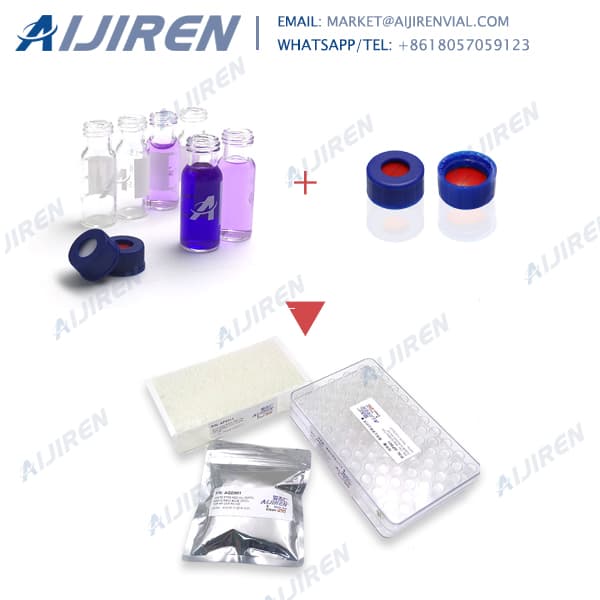
4, 8, 12, 16, 20, or 40 mL vial-cap kits. 20 mL glass screw top vials with 24 mm caps. Innovative technology ensures proper vial-cap seal every time. For use with environmental analyses under EPA regulations. For use with scintillation assays.

Make sure this fits by entering your model number. 【High Quality】These 2ml sample vial are made of borosilicic acid glass,low content of free ions,low coefficient of expansion and very high chemical resistance.It is suitable for containing all injectable preparations with acid, neutral and alkaline pH.It also has good resistance to thermal shocks and can be sterilized before or after filling.


Optimization and Validation of the Reversed-Phase High-Performance Liquid Chromatography with Fluorescence Detection Method for the Separation of Tocopherol and Tocotrienol Isomers in Cereals, Employing a Novel Sorbent Material

Headspace GC is a sample preparation method for determining volatile compounds in solid and liquid samples. The technique has existed since the late 1950s [12] and is still actively used. With this technique, only the gas phase above the sample is introduced into the GC column.

low metal content 100pcs autosampler sample vials-HPLC Dec 22, 2021 · Lab Autosampler Vials - Amazon.comResults 1 - 24 of 1000+ 2mL Autosampler Vials with Caps,HPLC Vials,9-425 A +8618057059123 market@aijirenvial.com
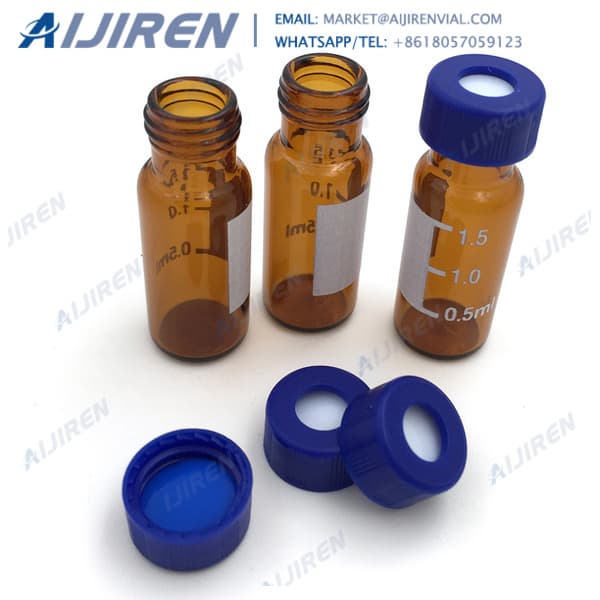
autosampler vial products were tested and the pH shifts measured. In theory the highest quality of vials is expected from 33 type vials, as the coefficient of mean linear thermal expansion is the lowest for the basic tubes used for vial manufacturing, as well as the hydrolytic resistance acc. to ISO 719, acid resistance acc. to DIN
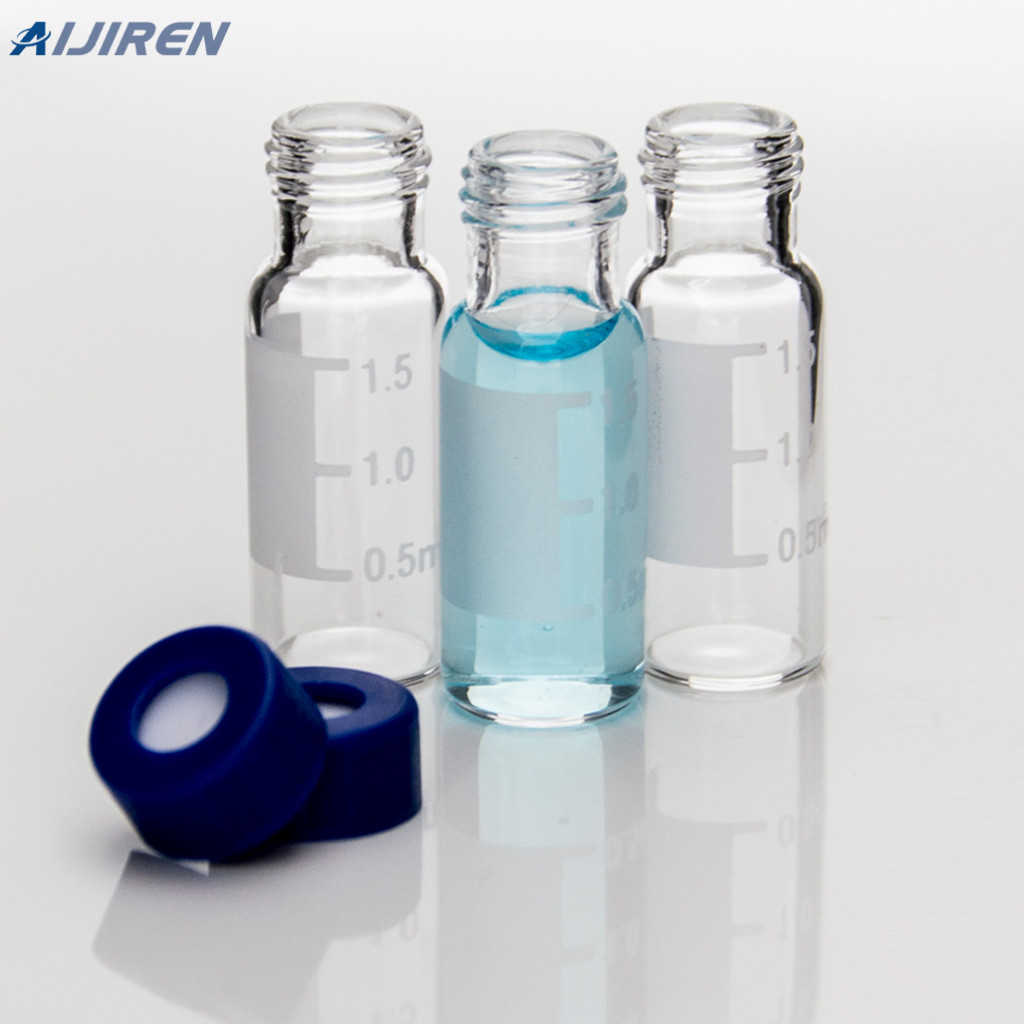
May 10, 2016 · Vial Attributes The vials, caps, and septa that come in contact with the sample are a critical component of a successful analysis. There are several factors to consider when selecting an autosampler vial. Lack of Interference – The vial and closure must not interfere with the sample being analysed.

Jan 01, 2010 · The technique is very useful for automated analysis, since the samples are prepared in head-space vials which feed directly into the autosampler of the head-space GC. We have previously used one size of head-space vials and then added glass beads to achieve identical air phase volumes (Falk et al., 1990; Järnberg and Johanson, 1995; NihlÃ
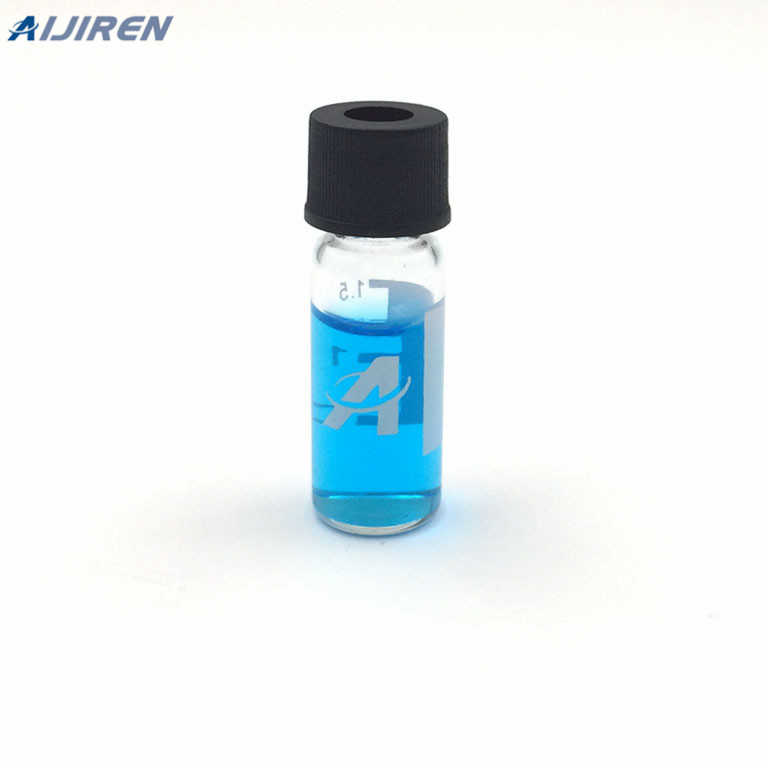
Our range of PureView certified vials are manufactured from Type 1 borosilicate glass which meets all USP, JP, and EP requirements. The low-expansion, coefficient glass exhibits excellent thermal conductivity and provides an inert surface with a low free ion content, giving you accurate results every time. PureView Certified Vials at a Glance

Thermo Scientific™ I-Chem™ and EP™ Amber VOA Glass Vials with 0.125in. Septa, 40mL, certified, 40mL Vial amber 0.125 in. bonded septum certified. Fill vials without air entrapment effortlessly with these VOA vials, optimized with the perfect shoulder angle and offered in a wide range of sizes and styles.
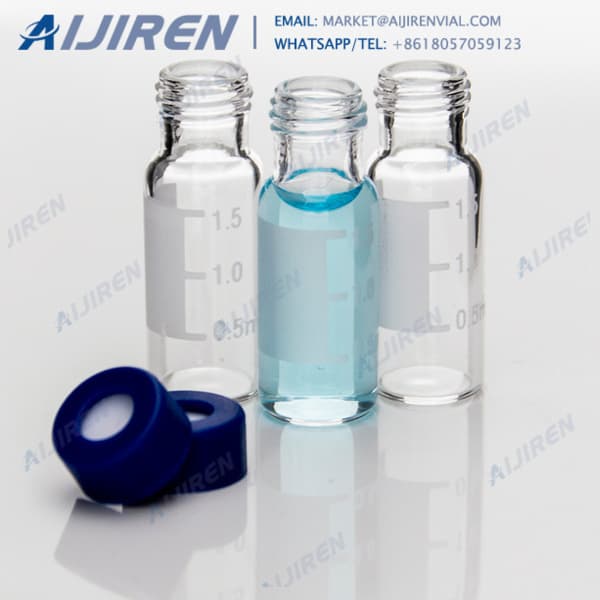
Autosampler Vials - chemhplc.com. Dec 21, 2013 · Pulp/Metal Foil. Autosampler Vials 2ml with Caps, HPLC Vial,9-425 – Amazon.com 2ml sample vial are made of high quality borosilicic acid glass,low content of free ions,low coefficient of expansion and very high chemical resistance.

May 04, 2018 · A most remarkable result from this plot is that the position of the diffraction peaks remains the same as a function of temperature. This proves that MoS 2 has a very low thermal expansion coefficient in the temperature range between 90 K and 522 K. Similar results were recorded along the other principal azimuthal direction, .